How Life May Thrive Under Extraterrestrial Ice
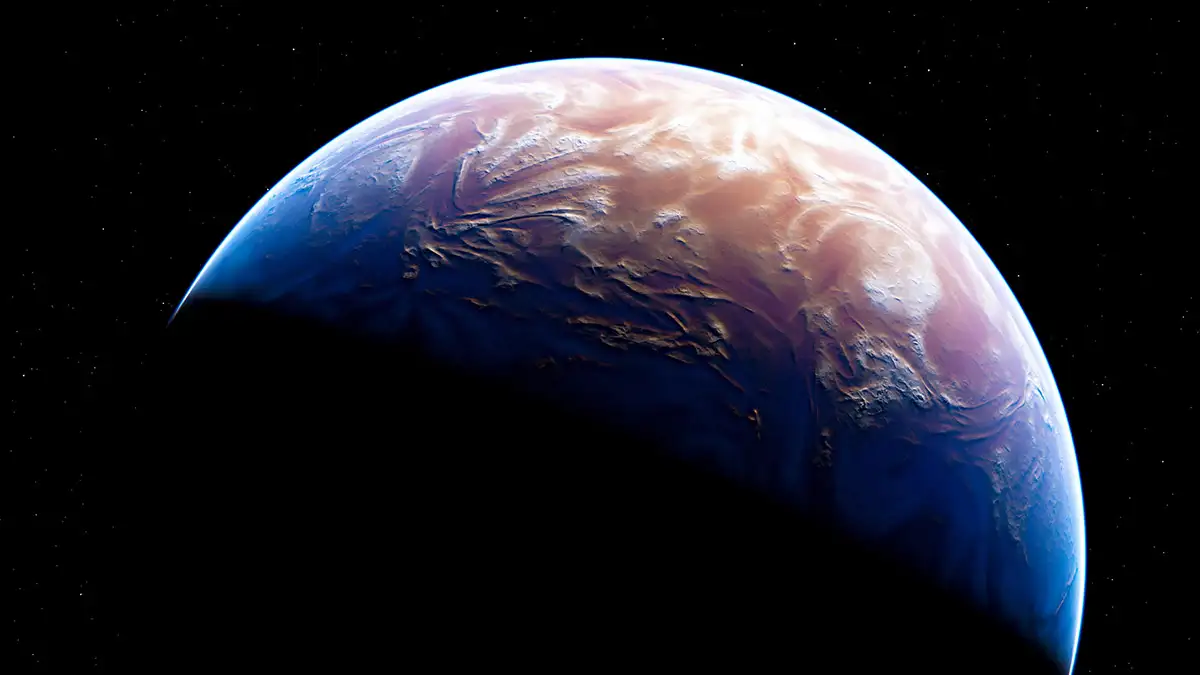
Picture this…
Imagine your daily life on our moist speck of dust hurtling around a dense ball of plasma, which we call the Earth and the Sun respectively. Sunlight warms your face, determines your sleep and waking periods, and sets the stage for innumerable chemical reactions which drive life itself. The sun also maintains a fragile balance of keeping us in orbit, in addition to seven other planets and a sphere of comets for good measure. While our system may be stable, the universe certainly isn’t. If another star came too close, this would be very, very bad, to say the least, but perhaps not in the way you may think.
How a planet goes “rogue”
As previously mentioned, a “fly by” of a star or any object with significant enough gravity can displace us from our system. Think of it as a spoiled toddler messing up the nice, orderly row of stuff on shelves. However, on the galactic scale, the effect of the fly by is far greater than a misbehaving five-year-old. What’s worse is that this can happen at any time, and it is estimated that over half of all planets could end up rogue. A rogue body closest to our solar system - CFBDSIR J214947.2-040308.9 - is found in the Aquarius constellation, and appears as a faint blue dot, as shown here. Scientists being bad at naming things aside, let’s look at how a star or black hole actually disrupts a planet.
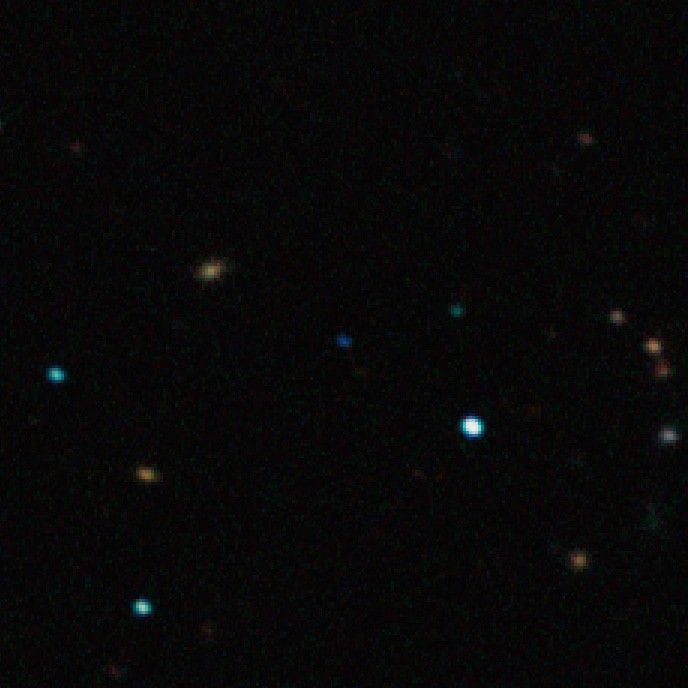
As the star closes in, gravitational forces from the much larger star has a severe effect on the planet, in what Laughlin and Adams refer to as “severe orbital disruption” (2000). The planet, which is now “ejected” from it’s orbit, bids farewell to its parental star and hurtles out into the furthest reaches of the cosmos. After that, most rogue bodies will share the same tragic fate. As the surface of the planet cools to -273 degrees Celsius, any oceans present on the surface of the planet freeze over and become as hard as rock. If they have an atmosphere, the gases will sink down and may freeze over the surface as well.
Liquid water in…absolute zero?
But it doesn’t end there. Recall how I mentioned that atmospheres MAY freeze over. If the planet had a high-pressure atmosphere of hydrogen, a process called “pressure broadening of far-infrared absorption by molecular hydrogen” could prevent the atmosphere from freezing. To put it plainly, when hydrogen molecules are packed closely together on such a planet, it absorbs heat energy more easily. As any GCSE / A-level pupil knows, when molecules are closer together, they collide more frequently, which disturbs the energy levels of those molecules. As a result, the range of infrared wavelengths that hydrogen can absorb becomes broader; in other words, the hydrogen molecules trap energy.
As the reader may remember, the energy in question is in the form of heat. That extra heat from the hydrogen could be enough to keep the planet warm - even without a sun - so warm, in fact, that water could remain unfrozen on the surface. And when there’s liquid water, there remains the chance of life.
Another way rogue planets may retain liquid water are from geothermal forces below the surface of the planet. Unfortunately, this means no liquid water on the surface, but massive oceans below a kilometre-thick layer of ice. Less “cool”, perhaps, but the premise remains equally intriguing. For the sake of clarity, let’s take Earth as our example. Earth’s inner core is a very hot metal ball, composed of iron and nickel, about the temperature of the surface of the Sun. That core is ringed in by layers of liquid metal that are slowly solidifying over the course of tens of billions of years - which, for our purposes, might as well be forever. It is a constant exothermic process, releasing tonnes of heat over the course of innumerable lifetimes. The heat is released in the form of geothermic energy, which is transported to the surface and harnessed. Such instances already occur in our solar system, such Enceladus and Ganymede.
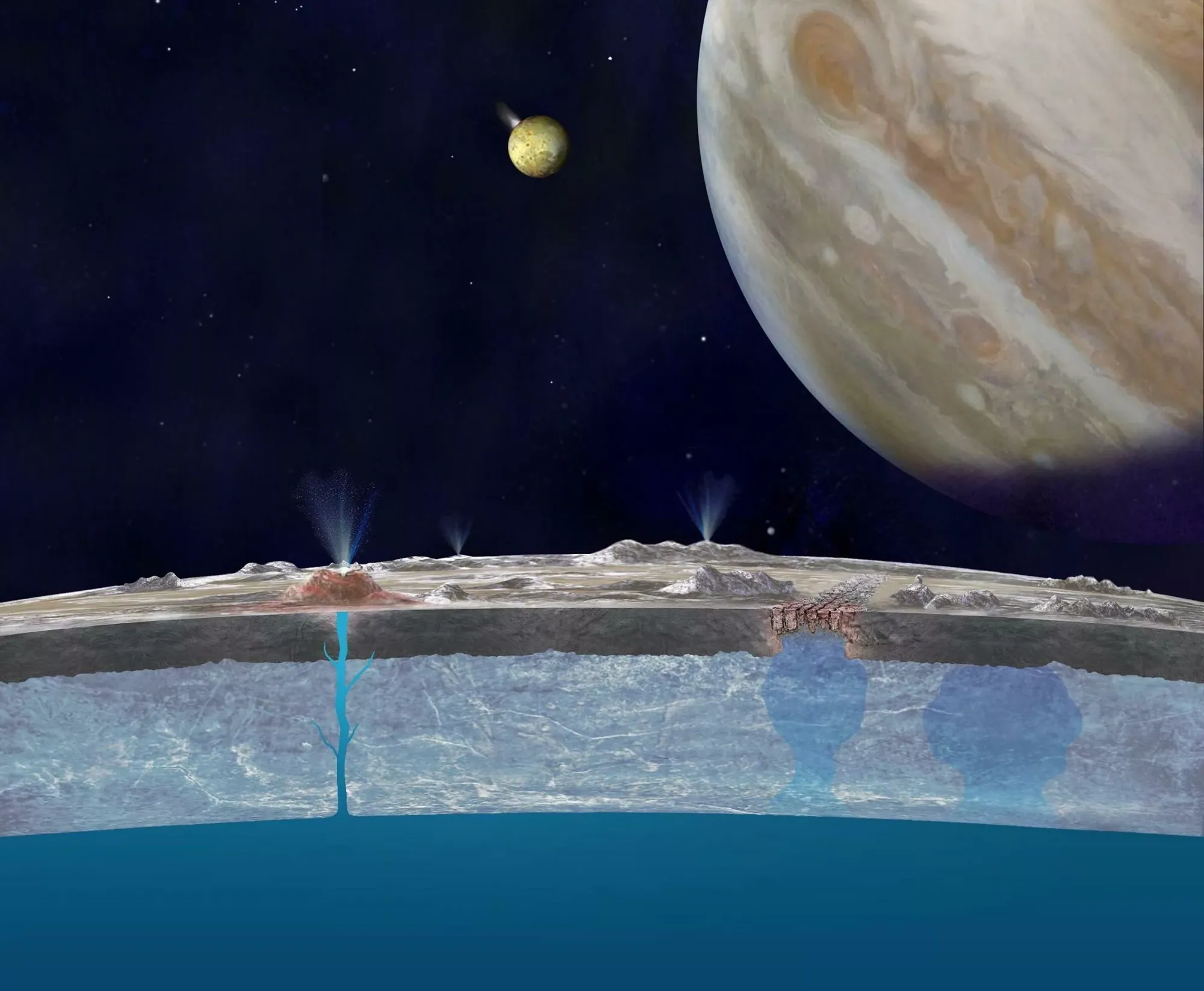
The third possibility of liquid water on rogues may be unexpected, but is just as interesting. If a planet like Earth was ejected, it’s likely that their moon may tag along for the ride, like a baby duckling following its mother. For the bakers among you, the process of moons warming up a planet is like kneading dough. Moons may enact tidal forces on the planet, helped by their slightly elliptical orbits, which stretch and pull the planet and keep it warm. This constant deformation causes the moon’s interior to flex against itself, generating friction. That friction turns into heat, much like how your hands warm up when you rub them together or how dough warms up when you knead it. We already have an example of such an object: Europa. The gravitational forces of Jupiter pulls on Europa’s icy shell, giving it a liquid ocean beneath the surface.
Life below the ice
Now that I’ve convinced you (I hope!) of the presence of liquid water in rogue bodies, let’s explore how how live may thrive in such conditions. Again, let’s take Earth as our primary example. On the ocean floor, there are hydrothermal vents called black smokers, so named because they belch out black clouds of minerals and hot water. This provides ocean bacteria with a constant flow of minerals straight from the Earth’s mantle. As they feed on these minerals, they produce organic material.
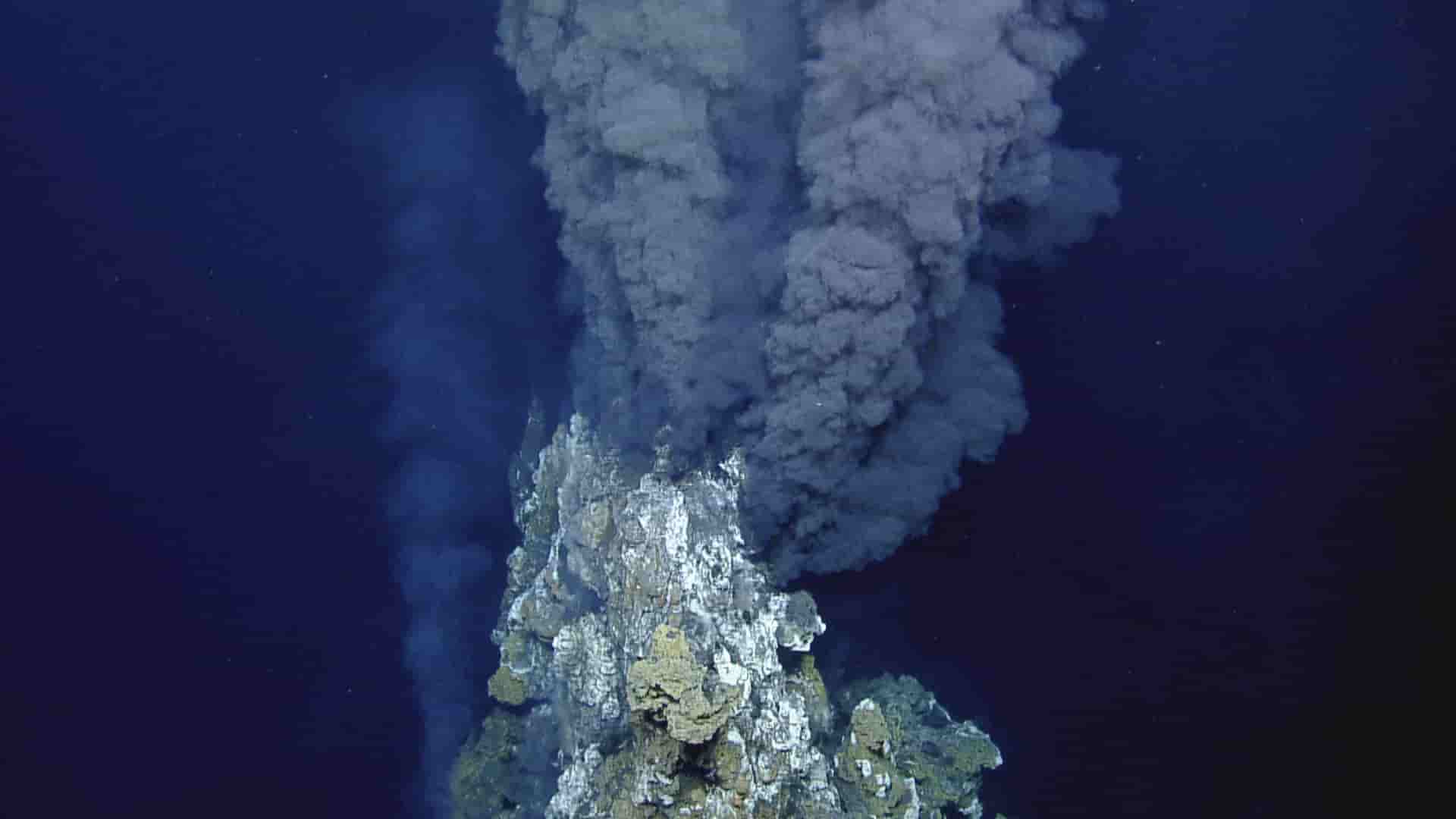
A classic example is the bacteria Beggiatoa, which converts hydrogen sulphide (H₂S) and carbon dioxide into organic sulphate ions (-SO4 2-) and carbohydrates. Methanogens, a type of anaerobic archaea, and acetogens, also use carbon dioxide to fuel their own means of obtaining energies, such as via the acetyl-coenzyme A pathway to produce methane. These organic compounds attract organisms such as clams, octopuses, crustaceans, and fish, meaning that these vents are home to some of the most biodiverse communities on Earth.
A rogue body with similar volcanic activity or vents could be the foundation to alien ecosystems we can only imagine right now. This isn’t just science fiction; such bodies already exist. The hydrothermal vents beneath the surface of Enceladus are impressively similar to Earth’s. Courtesy of the Cassini spacecraft, organic molecules omnipresent on Earth have already been found beneath the oceans of Enceladus. In addition to this, a rare, organic mineral - believed to be the source of amino acids and lipids - called olivine has been detected on Ganymede. In the words of Neil deGrasse Tyson, the rocks have “made a place for life”. Moreover, the layer of ice mentioned previously also provide the best kind of natural shelter against extinction-level asteroid strikes. Rogue planets, one; the dinosaurs, zero.
“This is... Advanced Darkness!”
However, while there may be life - and potentially, intelligent life - at the bottom of the oceans on rogue bodies, the aliens in question will never make much major technological advancements. The answer to that boils down to a simple chemical process - combustion.
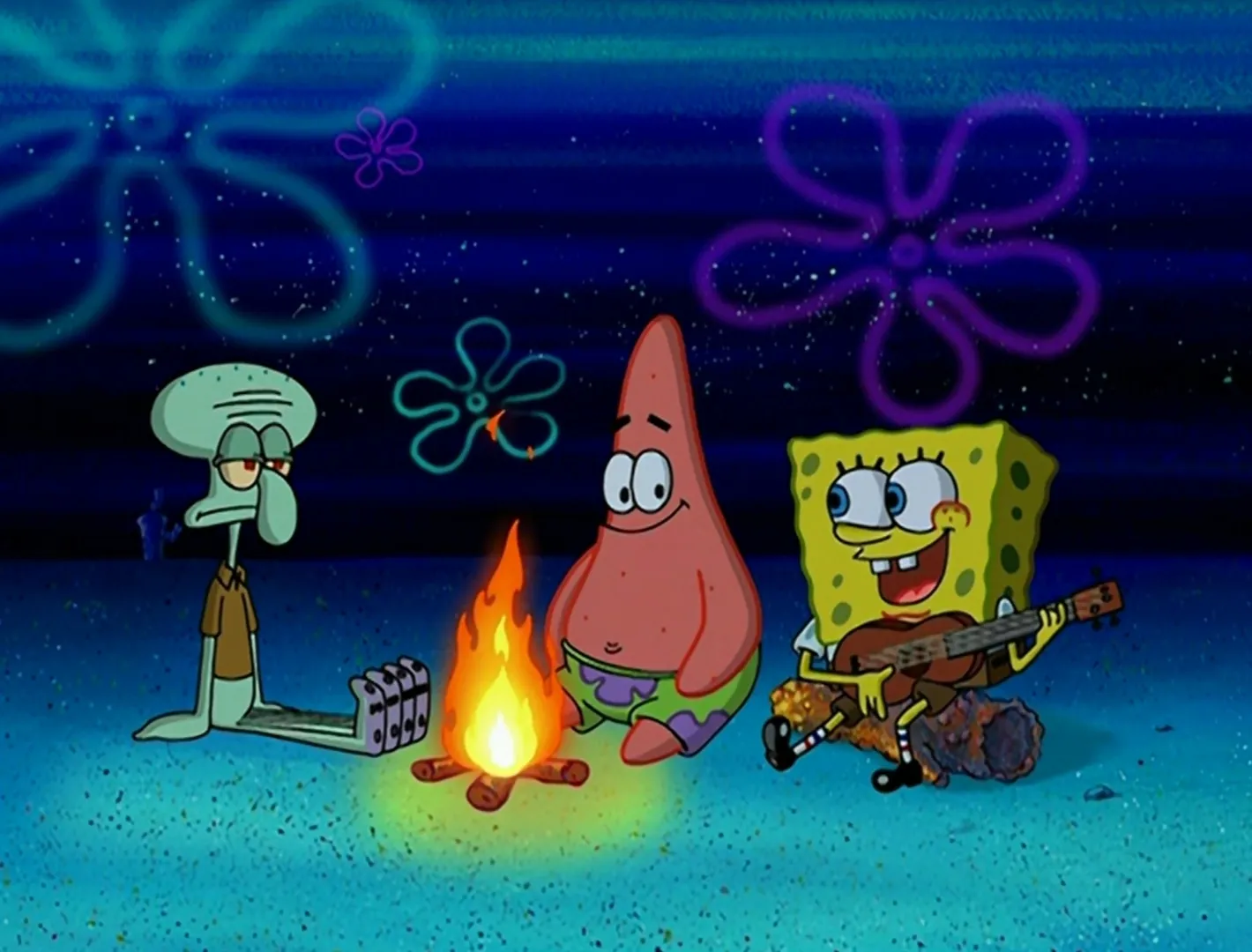
As any child worth their salt knows, water and fire do not mix; water puts out fire, and so on and so forth. Unless we’re living in SpongeBob, we cannot have fire at the bottom of the ocean, as there is no oxygen gas to enable any reaction. For these aliens, fire also means no metalworking with materials such as bronze or iron, and no useful things can be made from those materials.
There is both a metaphoric and physical skill ceiling that they will never surpass. They might eke out a lifetime beneath these frozen oceans, oblivious of the vast universe outside their prison. But perhaps, it might be just as well that these aliens remain technologically lacking. In this dark forest of a universe, there is simply no determining whether or not these aliens think, see, or feel the same way humans do. All they understand is self-preservation. But perhaps, that is a topic for another day.
The concept of rogue planets remain mysterious and exciting. Since exoplanets and moons with similar conditions to rogue planets (i.e. liquid oceans under a layer of thick ice) far outnumber terrestrial planets like Earth, this could imply that aquatic life may be far more common in the universe, and bipedal animals evolved from primates could be the exception. If life really does thrive in the darkness beneath ice - our assumptions about habitability may be completely overturned. Rather than looking for Earth-like worlds, we may need to look beneath the depths of frozen alien oceans, where evolution may have taken a very different path.
